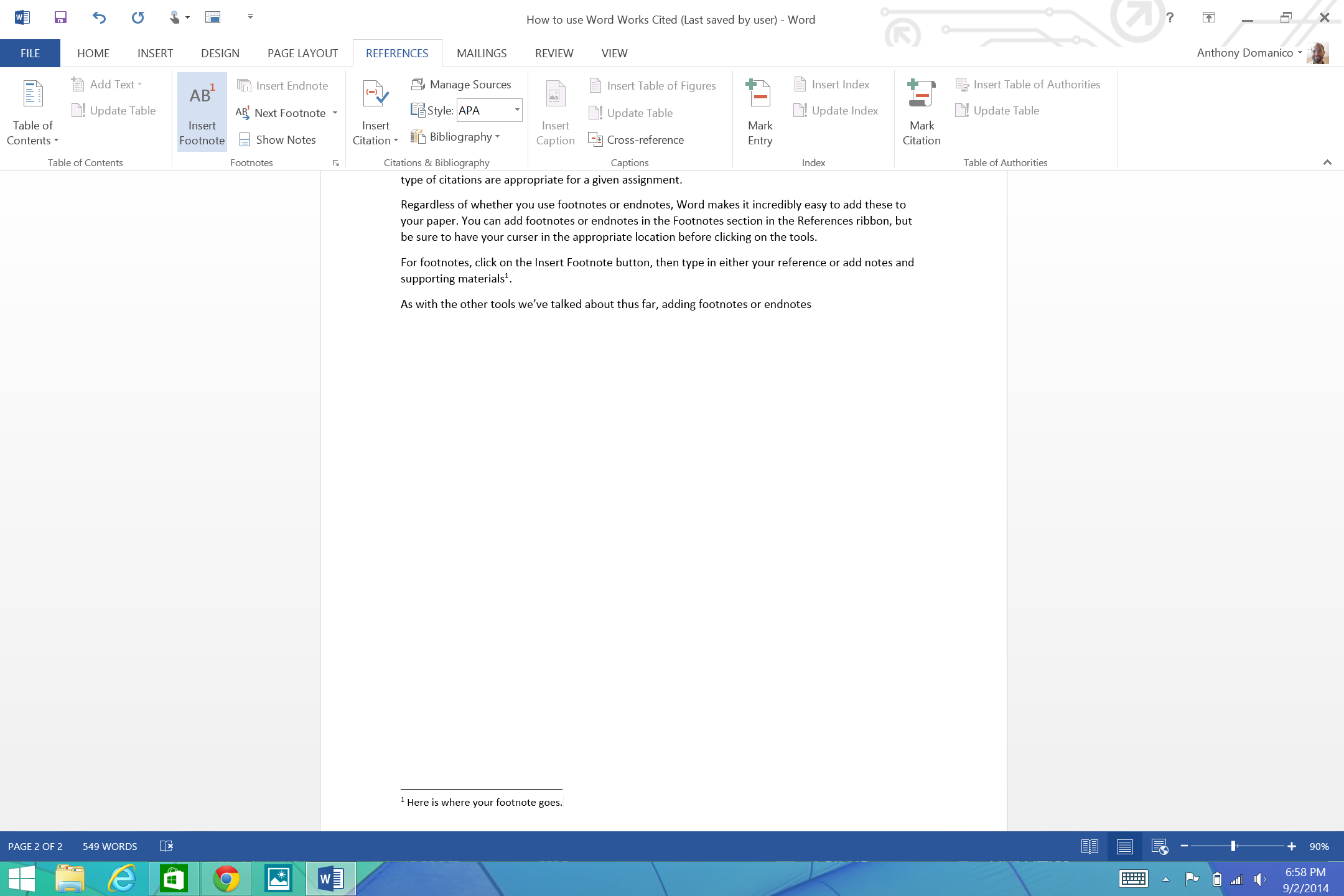

Don’t press the enter key - just let long titles go on to the next line. Enter one author per line using any of the following formats:įor corporate authors, place a comma at the end of their nameĬenters for Disease Control and Prevention,Įnter the title with interior punctuation only. If an author is new to your EndNote library, their name will appear in red. Try to enter whole names when possible, and if a reference has no author, leave the line blank. There are special rules, however, for some fields. If it is a book, make sure the book format is selected.Īs a general rule, leave the formatting to EndNote and only worry about entering text. MAKE SURE you select format type for the citation you are creating.

Create and Organize your EndNote library Toggle Dropdown.The \footnote command is the core LaTeX command for creating footnotes and takes two forms: This time-honoured literary device is supported by LaTeX and in this help article we explain the main footnote-related commands and provide a range of examples to demonstrate their use. Introduction to LaTeX's main footnote commandsĪccording to Wikipedia, footnotes were invented by an English printer called Richard Jugge ( c.1514–1577). 4.1 Example: creating table notes using the threeparttablex package.4 Table notes: an alternative to footnotes.3.4 Example: table footnotes via the tablefootnote package.3.3 Example from LaTeX2e unofficial reference manual.3.2 Example: \footnote does not work in the tabular environment.3.1 Should you use footnotes in tables?.2 Examples and applications of footnotes.1.3.1 Example: using \footnotemark and \footnotetext.1.3 The \footnotemark and \footnotetext commands.1.2 Storing the current footnote marker value: LaTeX counters.1.1.1 Example: using the \footnote command.1 Introduction to LaTeX's main footnote commands.


 0 kommentar(er)
0 kommentar(er)
